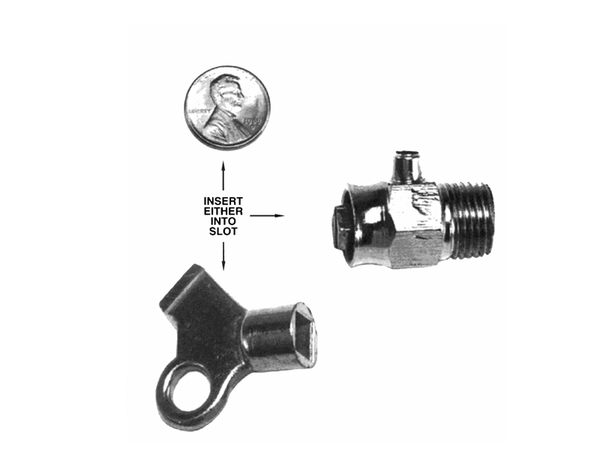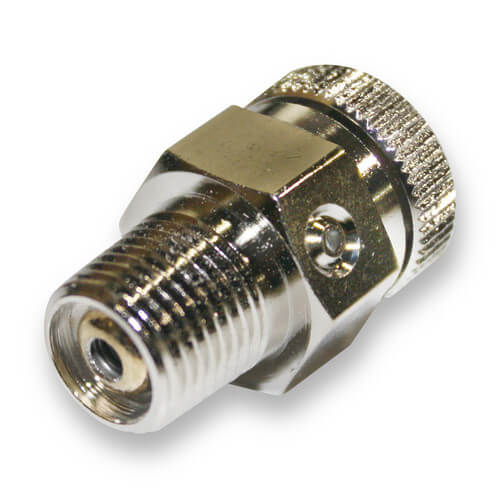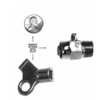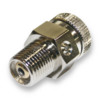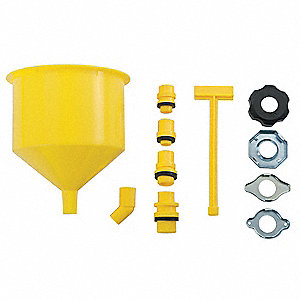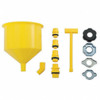There are lots of positive elements when considering the switch to Evans coolant, but a few negatives as well. The overview is that no substance is as efficient as plain water in heat transfer, with a heat transfer coefficient of 1.0. By contrast, Evans comes in at between .6 and .7, depending on the testing source. We can get water almost anywhere, but a prudent driver would keep at least a small container of Evans with him in the vehicle in case of a cooling system leak.
Admittedly, most of us don't or can't use plain water, since the climates in which we use the car mandate some kind of protection against freezing. Additionally, our water pumps, radiators, and heat exchangers need lubrication and rust prevention for longevity, so some kind of additive is a good idea. Adding antifreeze, either ethylene or propylene glycol, in recommended percentages, also decreases the heat transfer coefficient of plain water, not quite as much as Evans, but the decrease can be substantial.
I had a long-term problem with overheating, as many on here will remember. What that usually means in a Subaru engine is that, when coolant temps rise, small steam pockets form near the cylinder liners due to either insufficient heat transfer at the radiator, insufficient water flow through the system, or a combination of both. Those small spots of boiling coolant can eventually lead to head gasket failure or worse, cracked heads.
The use of Evans wouldn't fix the problem for me, it would just mask the symptoms, by not allowing the coolant to boil until it reached 375 degrees F. I wanted to know why I had those hot spots and prevent them from forming. I finally figured out my cooling problems, and presently use distilled water with an additive that lubes the water pump and helps break down surface tension, to improve flow.
I'm not suggesting that Ray's use of Evans is ill-advised by any means. It's working for him and that's what's important. I went a different route and my route is working for me (knock on wood, mate). The more we all know, the better choices we can make.
